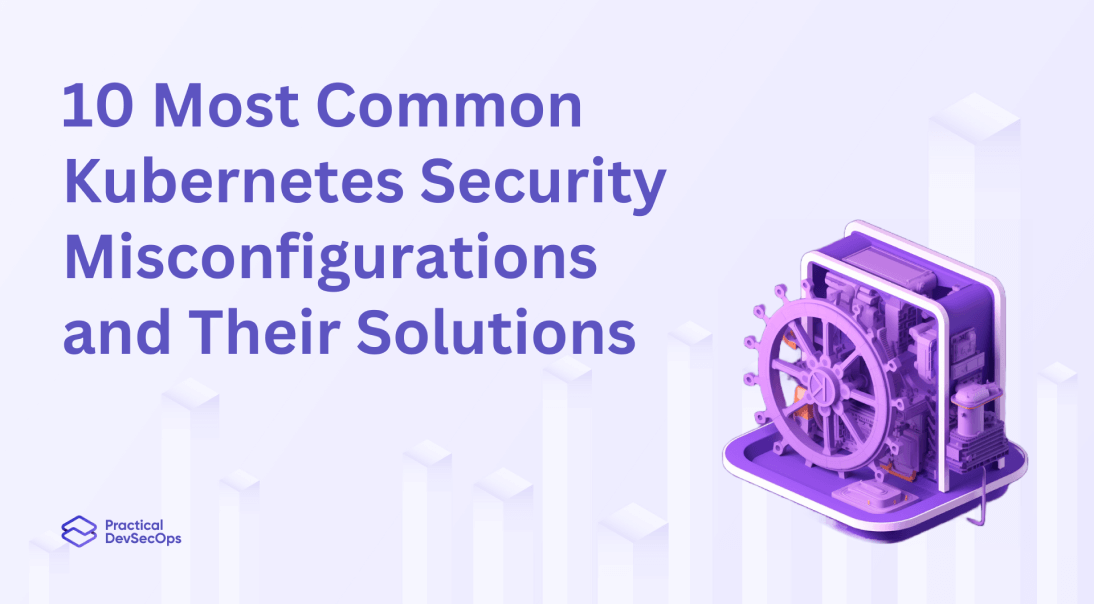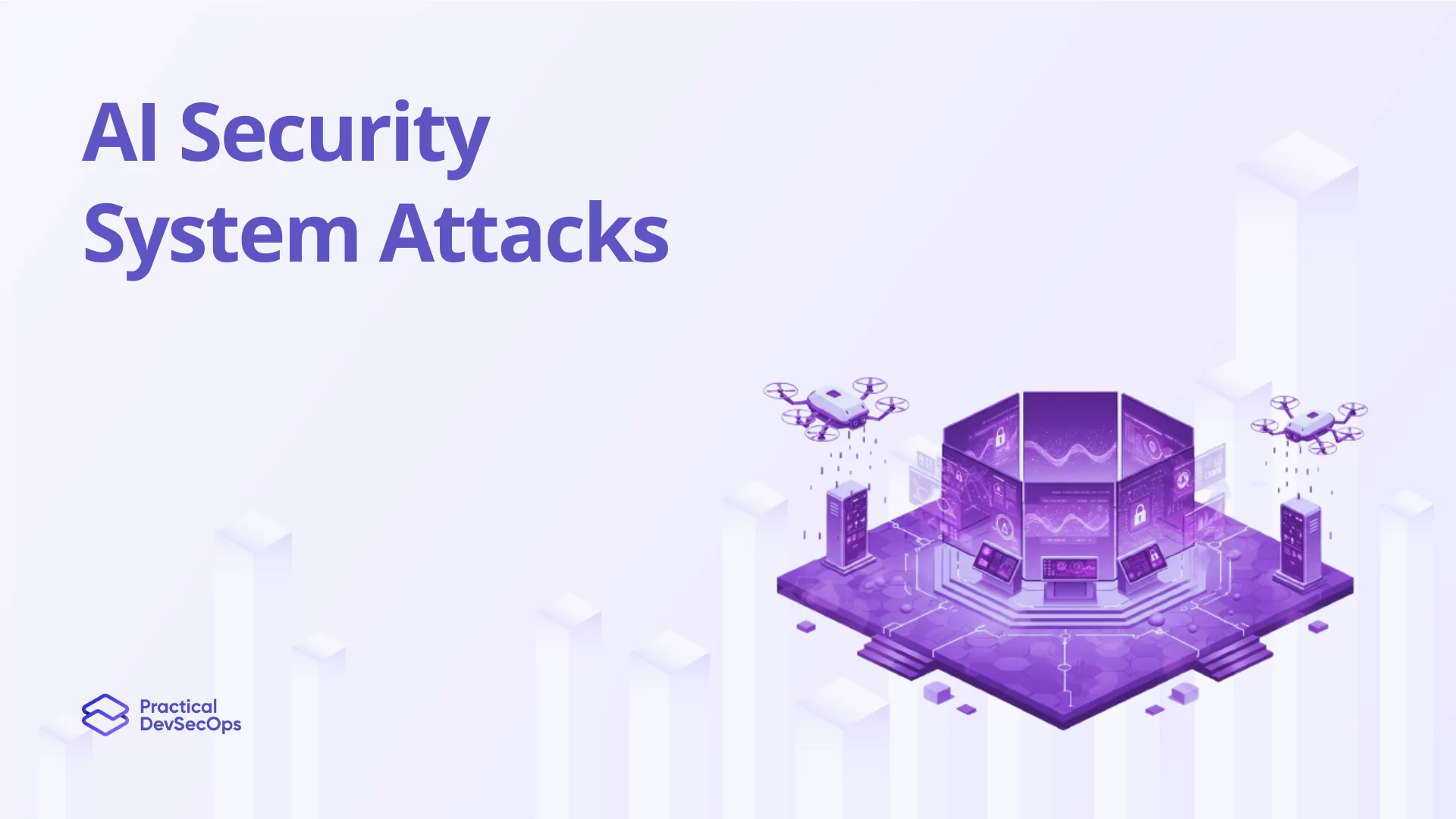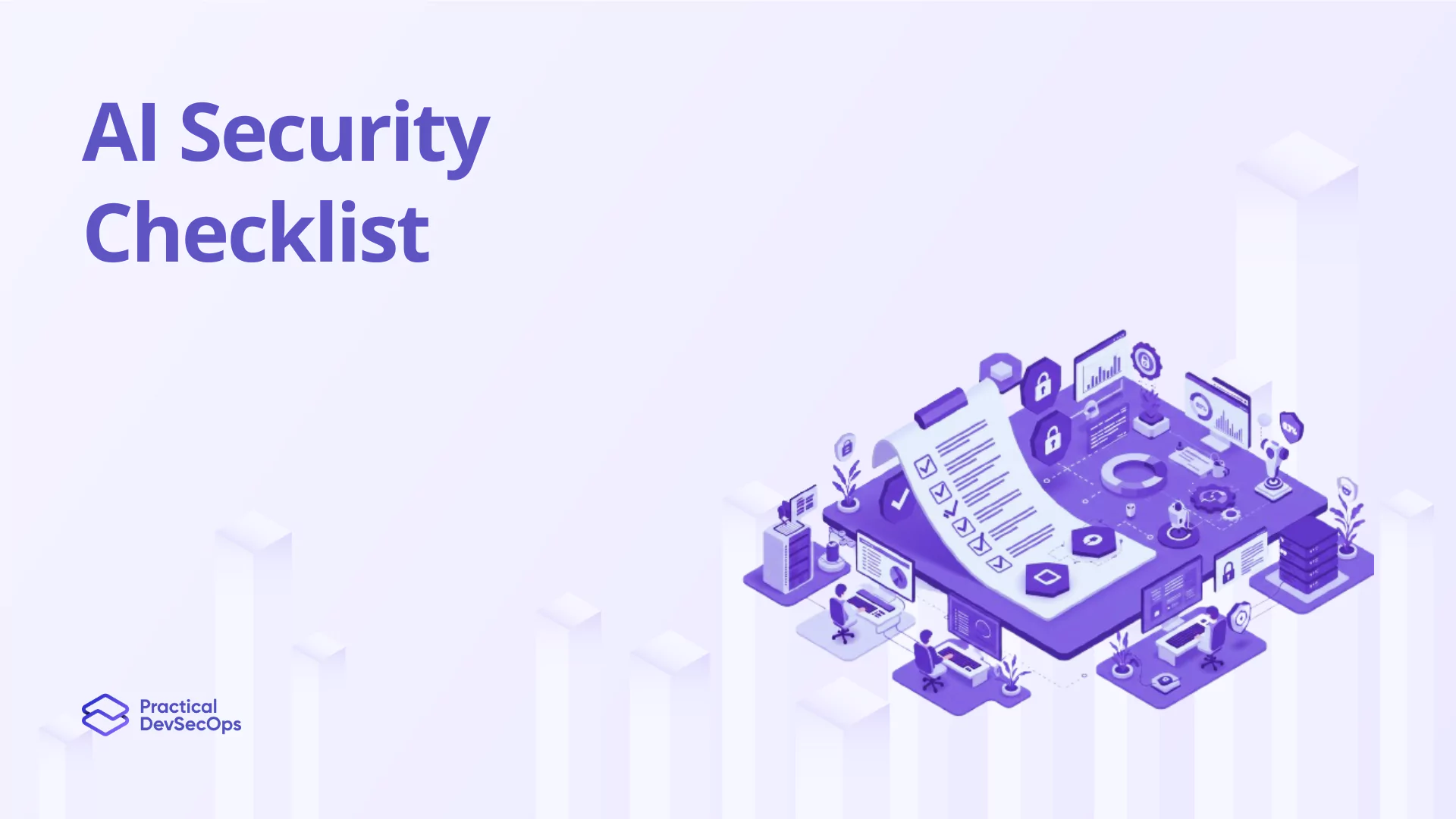Kubernetes is a powerful tool that can help us manage and scale our infrastructure. But with great power comes great responsibility, and any misconfiguration of Kubernetes can become a security risk. Therefore, it is important to understand and identify some of the most common misconfigurations in Kubernetes security. This article will look at the 10 most common Kubernetes security misconfigurations and their solutions.
Not Updating Kubernetes Versions
Regularly updating the Kubernetes version is essential to prevent common misconfigurations and maintain a secure cluster. Neglecting updates exposes the cluster to critical security vulnerabilities, especially when new security patches are released for the latest Kubernetes version. Therefore, it is crucial to prioritize upgrading to the most recent supported version of Kubernetes to ensure the cluster’s security.
Not Running the Latest Version of Docker
Kubernetes relies on Docker as its container runtime. Therefore, it is crucial to maintain the latest version of Docker for optimal performance and security. Similar to Kubernetes, new security patches are frequently released for Docker, making it essential to upgrade to the latest supported version. Ensuring that both Kubernetes and Docker are up to date plays a vital role in maintaining a secure and efficient containerized environment.
Misconfigured User Permissions
It is important to correctly configure user permissions within Kubernetes. If users are not restricted from accessing certain parts of the cluster, it can lead to security risks. Therefore, it is important to ensure that users only have access to areas of the cluster that they are allowed to access.
Weak Passwords
It is important to ensure that strong passwords are used when setting up authentication in Kubernetes. Attackers can easily guess weak passwords, giving them access to the cluster.
Unencrypted Network Communications
Network communications should be encrypted when possible. This can help to secure the cluster from prying eyes and protect any confidential data sent over the network.
Unsecured Container Registries
Container registries should be secured to ensure that only authorized users can gain access. Unsecured registries can allow attackers to access the images and run malicious code on the cluster.
Manually Configuring Security Settings
Security settings should always be configured using a trusted source, such as a Kubernetes Operator. If security settings are manually configured, this can create a vulnerability, as there is no way to check for errors.
Ineffective Monitoring and Logging
It is important to enable effective monitoring and logging of any activities that take place on the cluster. This can help detect unauthorized activities and alert admins to action.
Also Read, Best Kubernetes Security Certifications
Not Using Network Policies
Network policies should be enabled and used within Kubernetes. This can help control who can access which resources and limit the possibilities of attackers gaining access.
Not Using Role-Based Access Control (RBAC)
Kubernetes offers the feature of Role-Based Access Control (RBAC). This powerful feature can control who has access to what within the cluster. Enabling and using this feature will ensure that users only have access to the resources that they are allowed to access.
Conclusion
Kubernetes is a powerful tool that can be used to manage and scale infrastructure. But it is important to understand some of the common misconfigurations in Kubernetes security. This article discussed the 10 most common Kubernetes security misconfigurations and their solutions. Ensuring these common misconfigurations are properly configured will help keep the cluster secure.
Interested in upskilling your team in Kubernetes Security?
You can get trained in Kubernetes security by enrolling in our Cloud-Native Security Expert (CCNSE) course, which provides hands-on training in important concepts such as:
Hacking Kubernetes Cluster, Kubernetes Authentication and Authorization, Kubernetes Admission Controllers, Kubernetes Data Security, Kubernetes Network Security, Defending Kubernetes Cluster
Course Highlights:
- 50 + guided exercises uniquely designed by industry experts
- 24/7 instructor support
- Browser-based labs for hands-on training
- Lifetime access to course manuals and videos
Also Read, The ROI of Investing in DevSecOps Certification for Your Organization







0 Comments